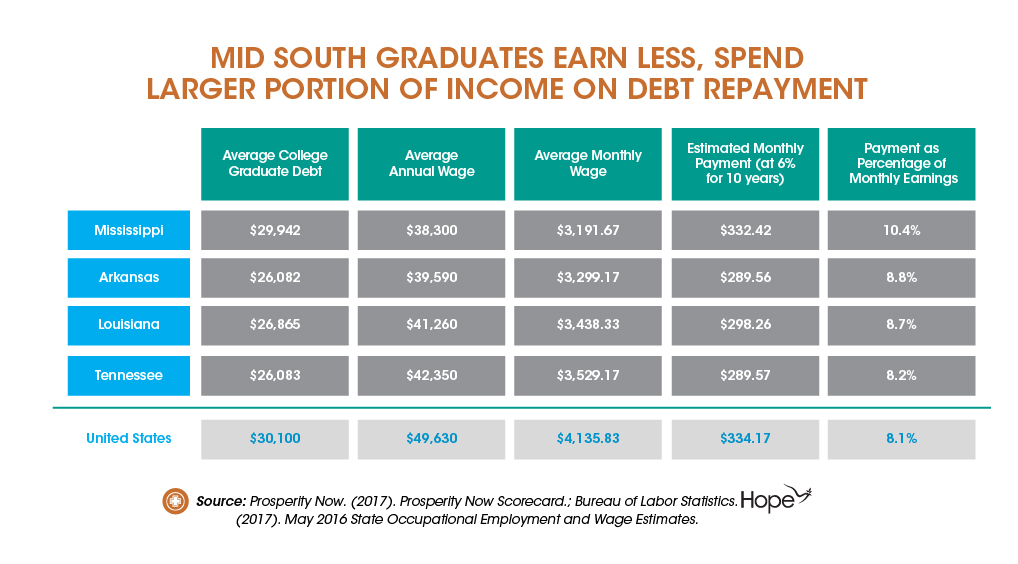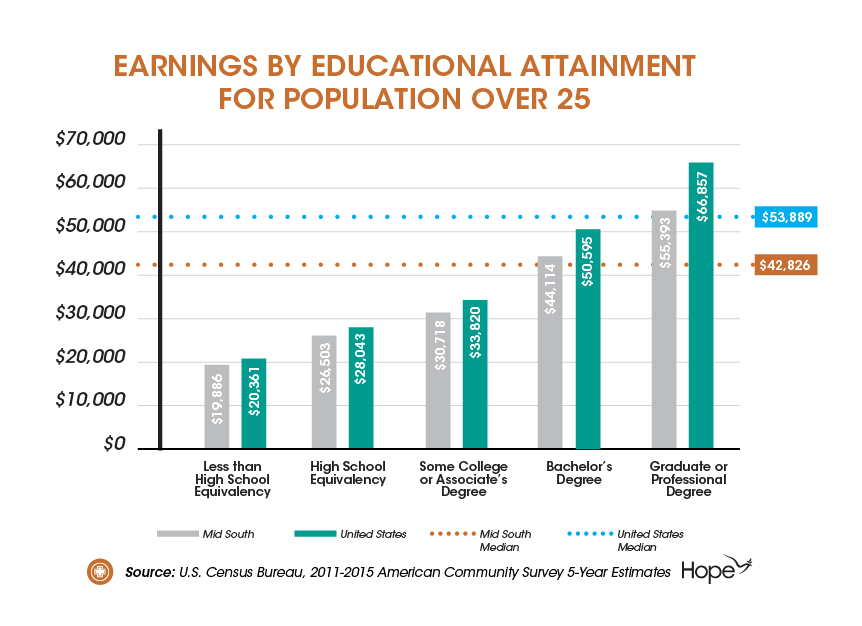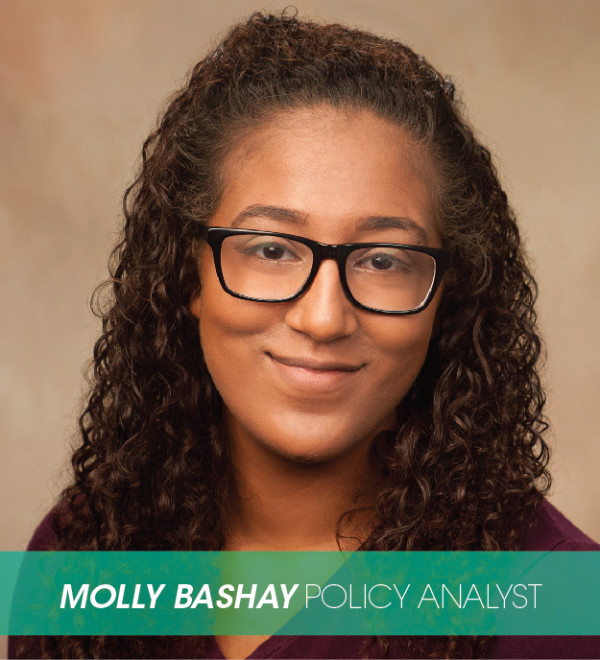Student Borrowers Are Taking on More Debt, Taking Longer to Repay
August 22nd, 2017
According to a new report from the Consumer Financial Protection Bureau (CFPB), nearly half of student loan borrowers now leave school at least $20,000 in debt. The rapid increase in students with higher balances means borrowers are taking longer to repay, possibly delaying major financial decisions, like homebuying, and forgoing associated wealth-building opportunities.
Higher loan balances require higher monthly payments, which can be unaffordable for some buyers. According to the report, 30 percent of student borrowers are not paying down loan balances, whether they are making regular payments or not. In regions like the Mid South, where borrowers devote a larger portion of income to loan repayment because of lower average wages, balances can stay the same or increase over time because of interest. See Table.
Click to enlarge.
Even with the associated risk, student loans are generally considered “good debt” for individuals to take on, assuming students graduate. Individuals who complete higher education programs have higher incomes and experience lower levels of unemployment than those who do not, making financed postsecondary education a smart, long-term investment. However, when student borrowers are unable to graduate, they are left saddled with loans in repayment without the income or employment stability a postsecondary credential provides. See Chart.
Click to enlarge.
While further research is necessary to better understand borrower repayment and delinquency patterns, one major way to make higher education a less risky investment for student borrowers is making postsecondary education more affordable, especially for low- and middle-income students. Cuts to federal and state higher education funding have prompted colleges and universities to increase tuition and fees, passing costs on to students and putting credentials and higher earnings farther out of reach. Increasing higher education funding, including funding for scholarships and grants, is an investment in the ingenuity of Mid South students and the economic future of our region.









